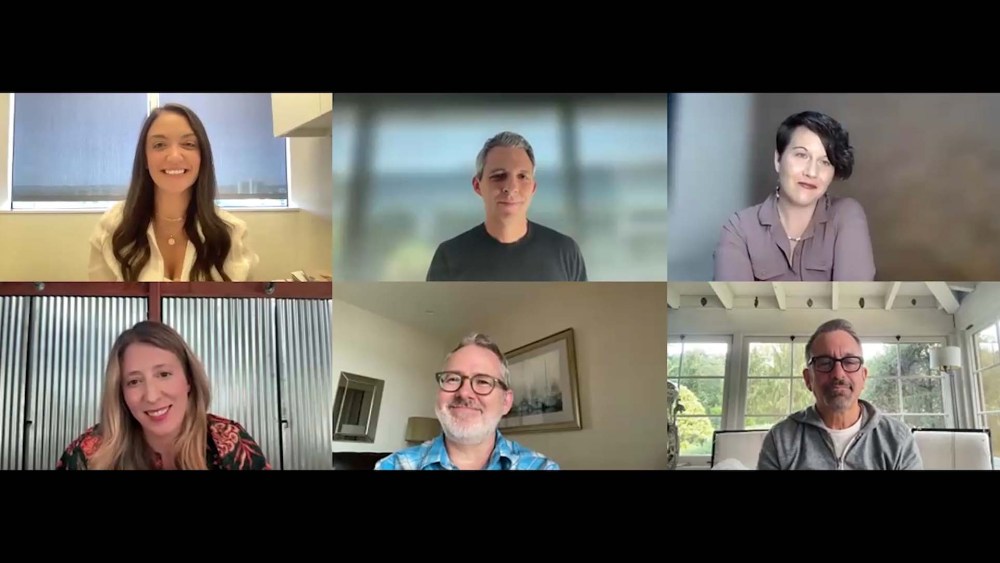Emmy-Nominated Documentarians Join Variety’s FYC TV Fest
Morgan Neville, the director of “Steve! (Martin): A Documentary in Two Pieces,” always loved movies and writing as a child, but when he graduated from the University of Pennsylvania, he was unsure what to do with his interests. He thought “writing seemed serious” and “movies were too frivolous” to get into show business, but once he started his first documentary, “Shotgun Freeway: Drives Through Lost L.A.,” he knew he found his lifelong passion.
“I remember sending my parents a note two weeks into starting my first documentary saying, ‘This is what I’m going to do for the rest of my life,’” Neville said. “I instantly knew that documentary was all these different things I liked, the storytelling, the writing, the research, the interviewing, all of it.”
As part of Variety’s Virtual FYC TV Fest, Neville joined Andrew Jarecki, director, executive producer and writer of “The Jinx – Part Two,” Mary Robertson and Emma Schwartz, directors and executive producers of “Quiet on Set: The Dark Side of Kids TV” and Justin Wilkes, president of Imagine Entertainment and producer of “Jim Henson Idea Man” for a Documentary Panel Discussion. Senior TV features editor Emily Longeretta moderated the conversation.
Documentaries come in all shapes and sizes in the age of streaming. Whether it be a five-part limited series like “Quiet on Set,” or a two-part feature like “Steve!,” documentarians have more control than ever in how to organize their films. For “Idea Man,” Wilkes and his team wanted to make one solitary film. This was so they could emulate Jim Henson’s innovative filmmaking techniques and follow the natural three acts of his life.
“Early on Ron [Howard] thought, ‘Well, we should make the doc feel like it’s Jim telling his story, like how Jim would want to tell his own story.’ So if you see it, we use a lot of those same techniques with stop-motion animation and syncopated editing,” Wilkes said. “I think somewhere, because of that, we also felt like there was a very natural beginning, middle, and sort of, unfortunately, untimely ending to his story, that sort of fit naturally into a three-act structure.”
When creating a documentary, what a director cuts from the film is just as important as what they put in it. While making part two of “The Jinx,” a docuseries about the unsolved murders of Robert Durst, Jarecki had “nine years worth of stuff” to sift through. To make sure he was communicating the story effectively, Jarecki turned to the trusted opinions of friends and family.
“A big part of that was making a list of all the people that we trusted, and then some random people, like my kids’ friends, or people that we just know are smart viewers, and getting them packed into a screening room early,” Jarecki said. “You’ll put something in that you think is important. I remember a friend of ours who was an editor said, ‘No, yeah, I got that. It was great. It was like a remnant,’ and we’re just like, ‘Oh, my God, that’s out.’”
One topic that is not often discussed in documentary filmmaking is the relationship between the filmmaker and their work. When shooting “Steve!,” Neville saw as much of his own story in the film as he did Steve Martin’s.
“We don’t often talk about autobiography in our films, but I see so much of what I think about and deal with in my own life reflected in the choices I make, in the films I make, and in the way I make them,” Neville said. “So in a way, I feel like, with Steve, a lot of what he was working through were things I’ve worked through in my own life too. In that way, it really feels like a two-way street.”
Watch the entire conversation above.


